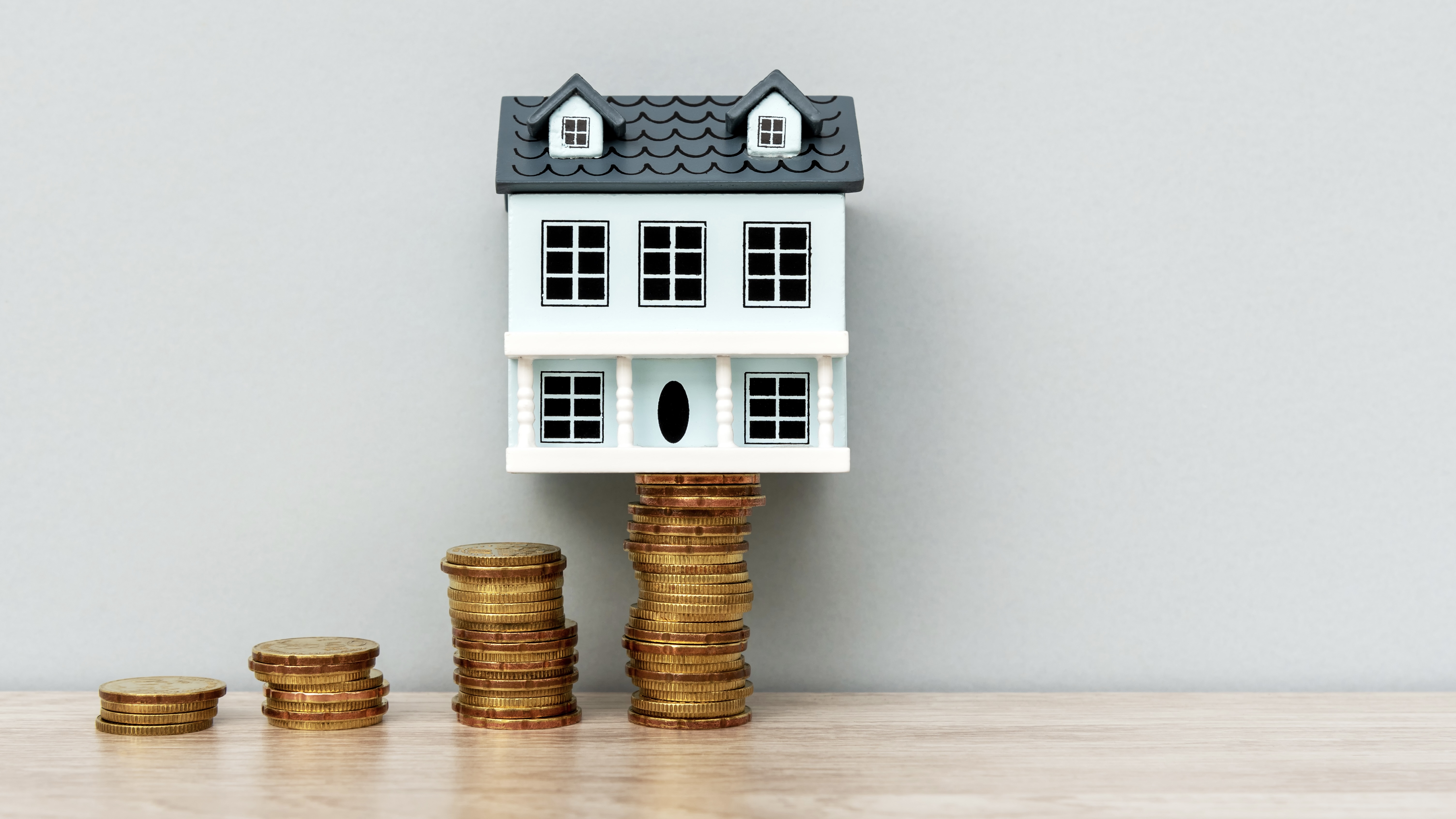Why government help may be setting up first-home buyers for failure

Pic via Getty Images
The government’s first home guarantee allows first-home buyers to purchase with a 5 per cent deposit instead of the 20 per cent that lenders usually demand. And if you are a single parent, then you only need a 2 per cent deposit to get into the property market under the family home guarantee.
When combined with a state-based first-home buyer stamp duty exemption, the cash deposit to purchase a property can be scarily low. Take NSW for example. A single parent who wants to purchase an $800,000 property only needs a $16,000 deposit plus legal fees after combining the federal family home guarantee with the state-based first-home buyers assistance scheme.
Although the 2 per cent deposit single parent family home guarantee is not changing, from October 1, the 5 per cent deposit first home guarantee is getting a shot in the arm. No longer will there be annual caps on available places, income caps are being removed and the maximum price of a home under the scheme is also increasing.
At present, the maximum purchase price in Sydney under the scheme is $900,000 however that will increase to $1.5m from October. And with current $125,000 for singles and $200,000 for couples income cap being removed, the scheme will be more attractive and more available to aspiring homeowners.
But the question needs to be asked, should it be so easy for people to get into the property market?
With the income caps being removed, in theory someone earning $500,000 per year could apply to purchase a $1.5m home with only a $75,000 deposit plus enough to cover legals and stamp duty. If someone on $500,000 income cannot save up enough cash on their own to purchase a property, without the government stepping in to assist, surely this is an indicator they might have a spending problem and not have the right financial discipline to pay back a mortgage?
There is a reason why the banks want borrowers to have a 20 per cent deposit. Not only does it help protect them if there is a default and the property needs to be sold, but it also shows to the bank that the borrower has the ability to be financially responsible and save money for a deposit. If you take that away and allow almost anyone to buy with minimal deposit, then it puts the whole property market into a position of elevated risk.
Given how far property prices have jumped, a 20 per cent deposit is unreachable for most first-home buyers in capital cities where most suburbs are recording median house prices of $1m or more. But a deposit of 10 per cent, I think, is a happy medium. It shows commitment from the aspiring homeowner to save, while still being an achievable goal if they knuckle down and save hard.
It is likely that we are going to see a rush of first-home buyers applying from October 1 under the enhanced rules. And with no significant change in housing supply, simple economics says that the only thing that will happen is that property prices will go up.

And with the backdrop of falling interest rates helping to reduce monthly loan repayments, this may seem like the perfect time for first-home buyers and single parents to crack the market thanks to the government. However, fast forward two years when the property market has risen and is peaking and the RBA has bottomed out on the cash rate and interest rates start to rise again and the story may change.
We could see a sharp increase in defaults from first-time borrowers who entered the market on wafer-thin deposits if the economy slips into recession. And with such little deposit put down in the first place, if property prices drop and these buyers move into a negative equity position, where their loans are higher than the value of their homes, we could see a situation where these people leave their keys in the mailbox and walk away from these properties.
It leaves the government, and their guarantee, sorting out the mess.
While it has been reported that only three people so far have defaulted under the Home Guarantee Scheme, a good indicator of how bad the problem could be comes from reviewing historical lenders mortgage insurance (LMI) data.
Over the past five years less than $300m has been paid out in LMI claims to banks who could not recover their home and investment loans in full from borrowers who defaulted. However in the five years prior that when interest rates and the unemployment rate were higher, $1.2bn was paid out.
While we may currently be going through a purple patch with the property market and conditions looking good with falling interest rates, the government’s intervention to enable people who would otherwise not be able to buy could end in tears if times turn bad.
And it is not just the first-home buyers who will suffer, the taxpayers will be left picking up the bill from the banks making claims on their loan losses under the government’s guarantee programs.
James Gerrard is principal and director of financial planning firm www.financialadvisor.com.au
This article first appeared in The Australian as Why government help may be setting up first-home buyers for failure
Related Topics
UNLOCK INSIGHTS
Discover the untold stories of emerging ASX stocks.
Daily news and expert analysis, it's free to subscribe.
By proceeding, you confirm you understand that we handle personal information in accordance with our Privacy Policy.









The Albanese government’s Home Guarantee Scheme, which helps people buy homes using smaller deposits, is becoming even more generous from October, but does it help people into the property market or set them up for failure?